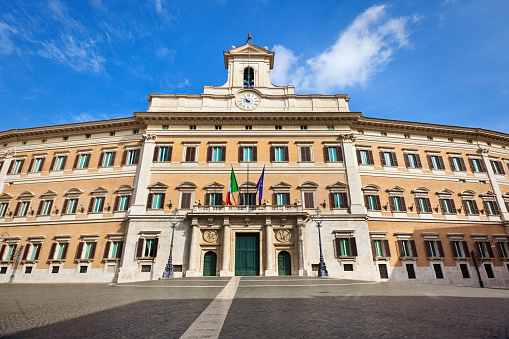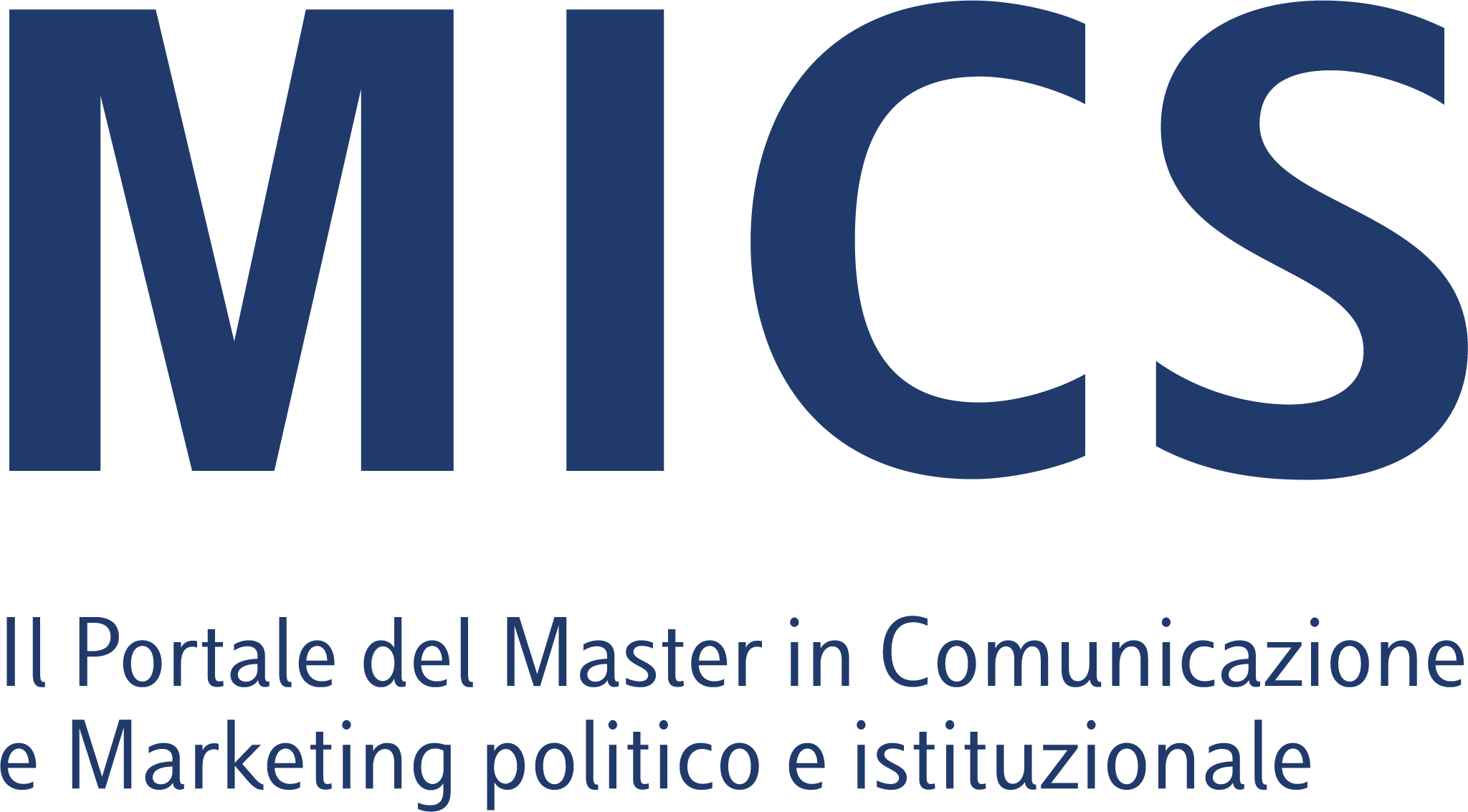Fotografia dell’Italia: scenari e rischi politici

di Giovanni Orsina e Lorenzo Castellani
1.Scenario and risks
1.1. Scenario
The Italian political system is showing diverging signs. Party fragmentation is high and party leaderships remain in competition with each other. On the left, Enrico Letta, the new secretary of the Democratic Party (Partito Democratico or PD), and Giuseppe Conte, the new leader of the 5 Star Movement (Movimento 5 Stelle), will have to understand how to manage their relationship in the future. Next to them there is the centrist galaxy, made up of small parties but which are in any case fundamental for a possible electoral victory, where Matteo Renzi and former minister Carlo Calenda are located. To the left of the PD there is also a group of small parties such as the Free and Equal (Liberi e Uguali or LeU) party of Health Minister Speranza and the exiles of the 5 Star Movement.
On the right the situation is clearer, but no less complex: Giorgia Meloni, with her Brothers of Italy (Fratelli d’Italia) party, is now close to Salvini’s League (Lega) in the polls. If the electoral trend continues, Meloni will be able to openly challenge the leadership of the former interior minister. In any case, the weight of the Brothers of Italy in the coalition is greatly strengthened. There remains Go Italy (Forza Italia) which, although in constant decline, maintains support that fluctuates between 7 and 10 percent. Fewer parties, therefore, but no less divided: Go Italy is a centrist and popular party, the League supports the Draghi government as a nationalist force and is forming a new European group with the Polish PiS and Orban’s Hungarian party, while the Brothers of Italy are in opposition and are part of the European Conservative group. Bringing everything back under a single leadership will not be easy.
Faced with such a fragmented situation, the new PD secretary Enrico Letta proposed a return to the majority electoral system, re-proposing the Mattarellum, a system designed in 1993 by the current President of the Republic. Letta has a binary scheme in mind: left versus right coalitions, with no autonomous space for central parties or for the 5 Star Movement. The coalition aims to keep everyone in the same enclosure. It is a model for which Letta can find collaboration from his opponents, Salvini and Meloni in particular. If this plan does not go through due to the distrust of current parliamentarians, the alternative would be a proportional law or keeping the current system (2/3 of seats assigned through a proportional system and 1/3 with first-past-the-post), which would reopen the possibility of a convergence in the centre, just as happened with the advent of the Draghi government. In this case, in fact, the two coalitions may not have enough seats in both chambers to govern. At that point, for the coalition finishing first, an agreement with the centrist parties or the construction of a broad coalition government would become fundamental. As we can see, therefore
the scenario is very uncertain and can evolve in two opposite directions, towards polarisation or towards fragmentation, which might require unusual agreements among parties.
In this scenario, the future of Mario Draghi is at stake. The Prime Minister is easing the tensions between the parties and is adopting a consensual approach in government action. This makes reform manoeuvres slower, but potentially safer. A good strategy also for the very future of Draghi who is in pole position among Mattarella’s possible successors as Head of State. With the vote of the same majority which he now leads, Draghi could be elected President of the Republic by Parliament, passing from Prime Minister’s office to the Quirinale. In the event that this does not happen and Draghi remains in his post, it is likely that the new President will be elected by a different majority than that which supports Draghi today, for example by the old majority of the Conte II government. In this case Draghi could remain in place, but relations between the governing parties could gradually deteriorate. Even the fact of the Draghi government staying in power until 2023 could not be taken for granted.
1.2. Mapping risks
There are two major risks at this moment concerning the Italian political system:
a)Lockdown and economic depression. The extension of the lockdown and the delayed vaccination rollout make forecasts more complex. The estimates for the economic rebound for the next few years have been revised downwards by international analysts and only in coming months will employment trends become clear. Prolonged economic uncertainty combined with unemployment is undoubtedly a significant risk for the stability of the Italian political system in coming years. A polarised and extreme political situation cannot be excluded if there is not a positive response to the pandemic.
b) Political instability. Political instability could reappear in coming months, especially after the election of the President of the Republic at the beginning of 2022. Tensions and fragmentation between the parties in the majority could worsen, even the fate of the Draghi government could become uncertain. A convergence towards the centre, which today seems stable, could become precarious and only transitory.

